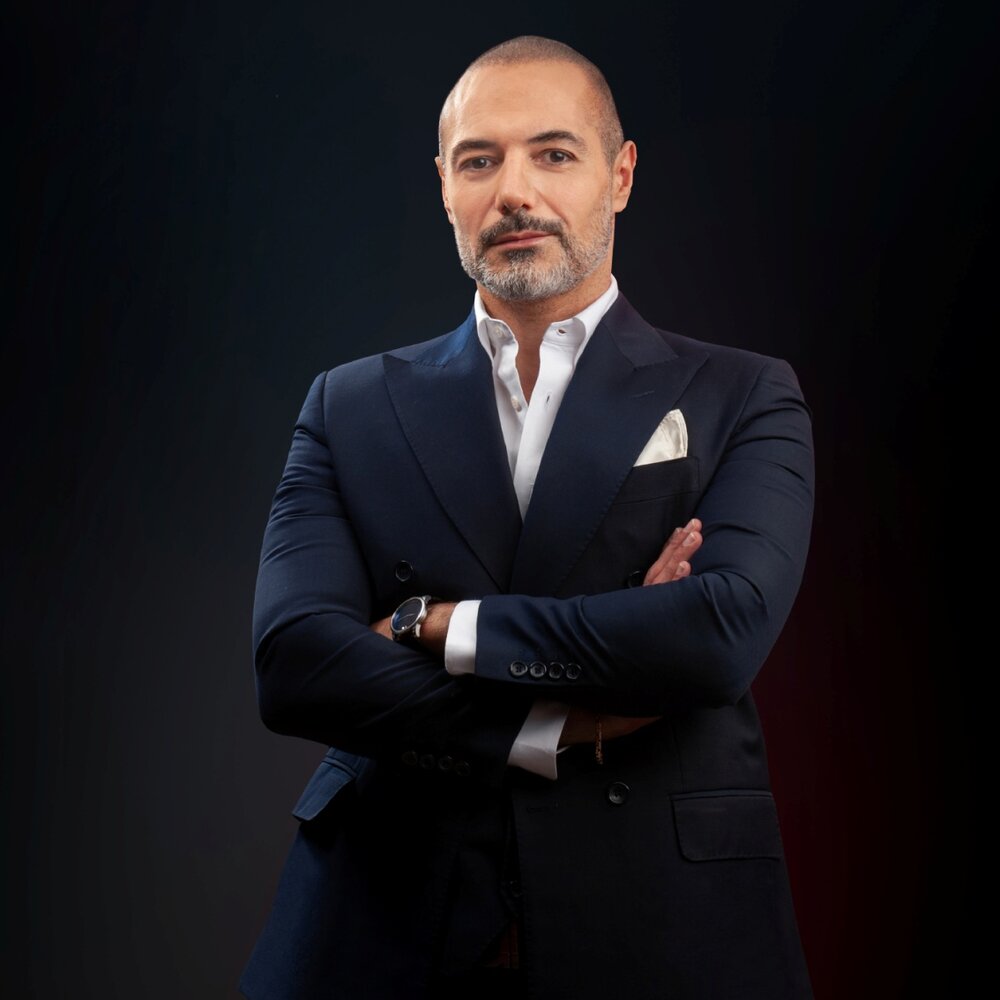
Siavash Sufinejad was born in 1977 in Tehran. Having graduated from the National Talent Development Organization (SAMPAD), he entered the Faculty of Civil Engineering of Tehran Azad University in 1996, and then in 2001, continued his education in the Faculty of Art and Architecture of Azad University of Tehran, majoring in Architecture and He ended his education with a Doctorate in Philosophy.
His academic career started in 2006 when he established the Department of Interior Design and Architecture at a private College. He has attended various Television and radio programs as an architecture and interior design expert. Translating articles, compiling books in the field of decoration, and publishing them in interior design magazines, are of his other activities.
Siavash Sufinejad continues his journalistic activities as a producer, making documentaries from interviewing Iranian designers, artists, and architects, to introduce and support Iranian art, creativity, and culture.
Siavash Sufinejad, is an architect and sculptor which mainly works with mirrors on fiber, or wood conceptualizing Islamic calligraphy.
He has also been working as a designer of decorative objects, furniture, carpet, and lighting objects, combining traditional Islamic and modern art since 2009. He has won four gold, silver, and bronze medals at the European Product Design Award in 2020-2019, following that, in 2021, three awards at the IDA Design Competition. His artwork, “Taliq” recently has been shown in “Domus Design – Tehran 2022” exhibition at the embassy of Italy, with presence of Mr. Walter Mariotti, Editorial Director of Domus magazine. This artwork along with some of his other works of art has been published in the last issue of Domus magazine, Eyes on Iran.
In his speech in “Domus Design – Tehran 2022” exhibition at the embassy of Italy, he talks about his design ideology and how it has been formed.
He says: “I want to start my story from when I decided to be an architect.
Probably most of us had a cool uncle who we wanted to be like when we were growing up. And my uncle was who went to Italy and studied architecture.
Back then, my first encounter with design and architecture was when I had the chance to go through my uncle’s Domus magazines in his library. I can say those magazines were the most existing things I could have at that time, which he left for me when he immigrated to the US.
My dream as a kid started from that moment, a dream to go to Italy and become a designer like my uncle.
I should say our contemporary generation of Iranian architects and designers is influenced by teachers and architects many of whom have graduated from Italian universities. And this is all because of the generosity of this country, and its prestigious universities
I should say Italy, as a country with a history associated with art, is expected to be a pioneer in the field of art and design today. While a lot of countries with a great history in art and culture couldn’t have any position in today’s design world.
I believe Italy’s success has been achieved due to knowledge, hard work, and dedication, Dedication through all these years up to now.
As we see, today the embassy of Italy is not only a European embassy in Iran like others, it has become an art and culture center for my generation. With the presence of Mr. Ambassador Perrone and his hardworking team, every week there is an artistic event in the embassy’s garden. I want to say thank you again on behalf of all Iranian artists and architects. We appreciate all you have done.
The main point for me is the passion for the original design which creates a new line every time, makes each of my projects look varied. I find my style as “flexibility and variety in design” at the cost of risking or even challenging new ways.
Over the last 15 years, I have spent my time teaching, writing, and producing cultural content and I guess that’s why I have such a feeling of appreciation for the concept of design.
Since I’d like to advance the design category, and also my belief in collective wisdom, I put a lot of energy into teamwork.
I’m honored to have some of my designs published in Domus Magazine. My artwork Taliq which is a name of an Iranian calligraphy is a poetic and abstract image of Persian calligraphy, the point in that calligraphy has been the scale of Persian letters design by moving, rotating, and pulling the pen.
Iran has a great treasure of history. As a designer, I try to discover and present it with design language. As Iranians, we have inherited a treasure of patterns, designs, and shapes with ancient history that can inspire us in contemporary design. There are not only the patterns on our carpets but also a variety of geometries in traditional architecture such as the Mogharnas on the ceilings of mosques, flowers on tiles, colors, and motifs, in addition to handicrafts such as inlay work, enamel work, mosaic work, mirror work that create an opportunity to be updated and turn in to A modern design, Just like simple words that can turn into poems if they are put together in the correct order.
At the end, let me read you a poem of Rumi an Iranian poet from 800 years ago.
“Raise your words, not voice
It is rain that grows flowers not thunder.”
I tell myself how many people would understand the beautiful meaning of this poem if I read it in Farsi? And for me finding a way to translate all my history with design language is the way I continuously follow.
No matter what I design and produce, like statues, lighting, carpet, wallpaper, furniture, building, etc. With different materials such as wood, metal, leather, glass, or fiber, they all follow the same idea, which is me trying to translate my treasure history into contemporary design”.
